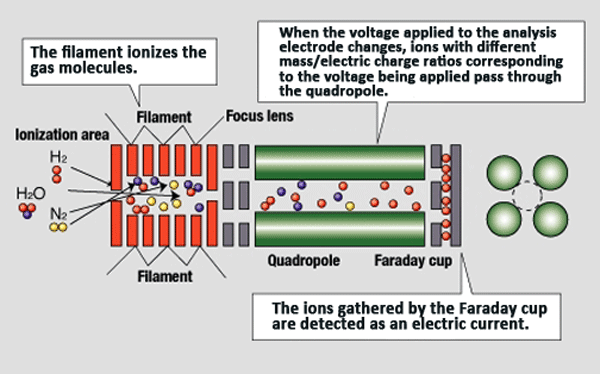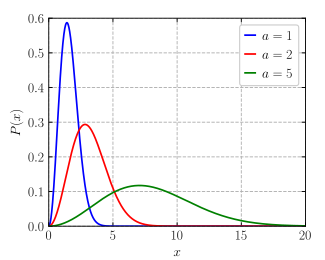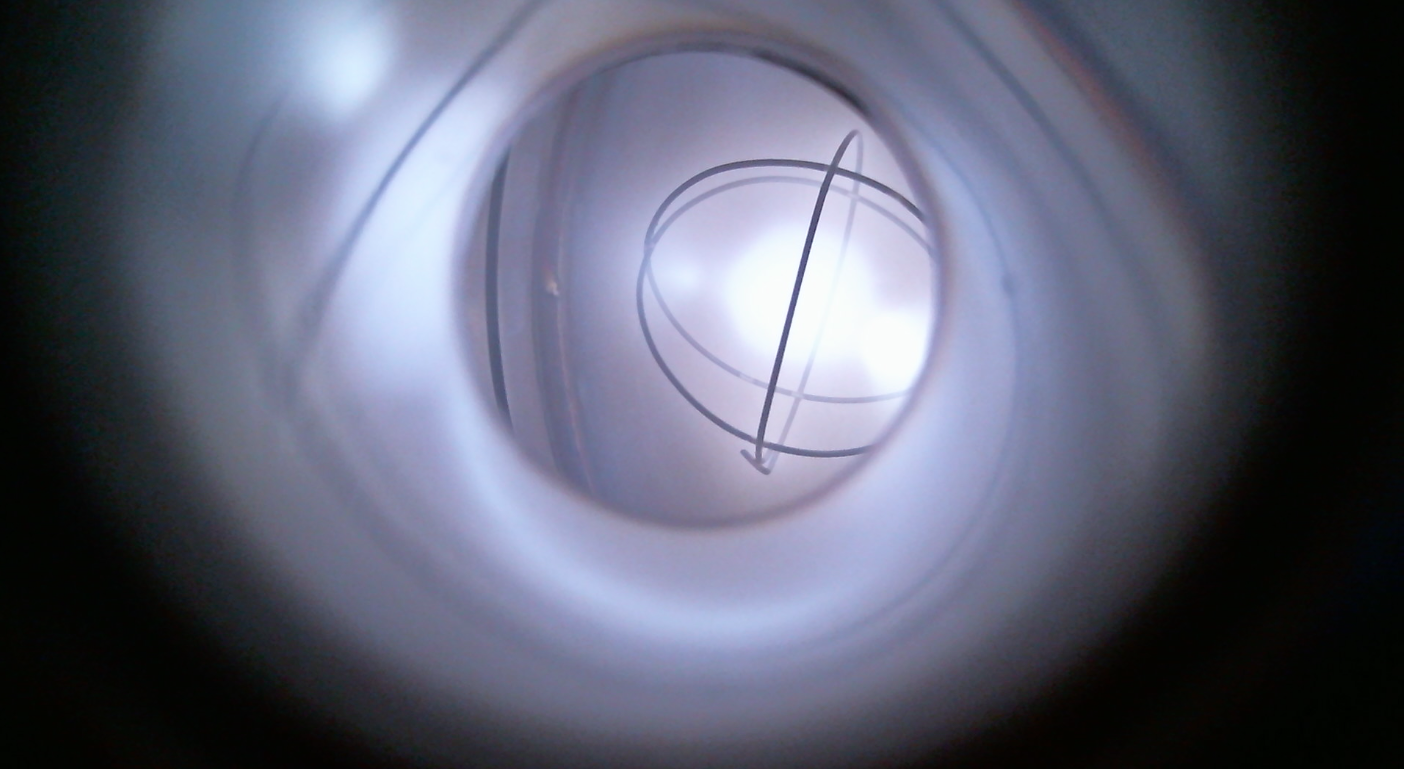Ever since I first completed my fusor, I have been using it as a springboard to conduct plasma physics research and exploration. This is somewhat complicated, so I highly suggest you read about my fusor and its theory of operation first.
I have been working on creating plasma diagnostics tools so that I may qualitatively understand what is occurring in the chamber when the HV is turned on. For instance, using the information I have at the moment (net fusion rate, pressure, input voltage, input current), I am unable to ascertain many of the important measures needed for simulating and optimizing my fusor.
For instance, the net fusion rate in ICF fusors is, among other things, dependent on:
- the partial pressure of deuterium Pd
- the partial pressure of contaminants (water vapor, air, etc.) Pc
- the total pressure P
- the ratio of the cross sectional surface area of the grid to the surface area of the chamber (known as grid transparency) G
- the radius of the chamber L
- the current inputted into the cathode I
- the electric potential between the chamber and the grid V
- the electron temperature T
- the free electron density σ
- the magnitude of the electric field E
- the degree of ionization α
Many of these are known or can be derived; L and G are constants, my convectron gauge determines P at any time t, and my power supply measures both V and I.
My research is focused on measuring the impact of the partial pressure of contaminants, the free electron density, the grid transparency, and the electric potential between the chamber and the grid on the overall fusion rate.
In order to do this, not only do I need to determine ways to modify those parameters, I also have to control all of the rest. Thus, I must be able to measure all of these parameters.
I accomplish this by modifying my fusor. By adding a residual gas analyzer (RGA) to a port on the fusor, I can determine what makes up the neutral, deuterium rich fuel environment.

Then, a Langmuir probe is used to measure the local electron temperature and density. This is a metallic electrode that is inserted into the plasma (near the loops of the grid). Then, a variable negatively biased voltage is applied at variable current. By plotting the current as a function of the voltage, I can determine the plasma density and temperature.
A Langmuir probe can only be used on “cold” plasmas, but fortunately the velocity distribution for a fusor is a Maxwell-Boltzmann distribution with an extremely large tail, meaning that the average electron temperature is low enough to use the probe.

The Saha Ionization equation (below) determines the degree of ionization for the plasma, using those parameters.

With the parameters all determined, I simply have to vary them and see a change.
I change Pc by introducing water vapor into the system via my electrolysis setup; I simply remove the drierite and allow the wet deuterium gas to enter the chamber (to the detriment of my vacuum). This causes the fusion rate to rapidly drop, but makes the initial required breakdown voltage lower.
G can be changed quite easily; I simply have to make multiple grids with variable loop radiuses. Unfortunately, this is a very time-consuming and painful process, as I have to open the chamber and replace the grid by hand (not to mention the process of actually creating it in the first place).
Next, V can be changed by adding a larger, concentric, grid on a separate feedthrough, connected to a positively charged high voltage power supply. I predict that this would drastically increase the fusion rate, as the effective well would double. Unfortunately, my chamber does not have a port suitable for a second grid, and if I am correct, this would create deadly x-rays. In theory, my current radiation shielding is adequate, but I do not wish to test it.
Lastly, my most interesting avenue of research comes from changing the plasma density. This can be accomplished by the use of extremely strong electromagnets to squeeze the plasma together. This mandates that I complete my liquid helium generator first, though, as I would need a superconducting electromagnet first. This is essentially the same as a Polywell, with the exception that I have an inner cathode as well.
And so, my research is ongoing.
